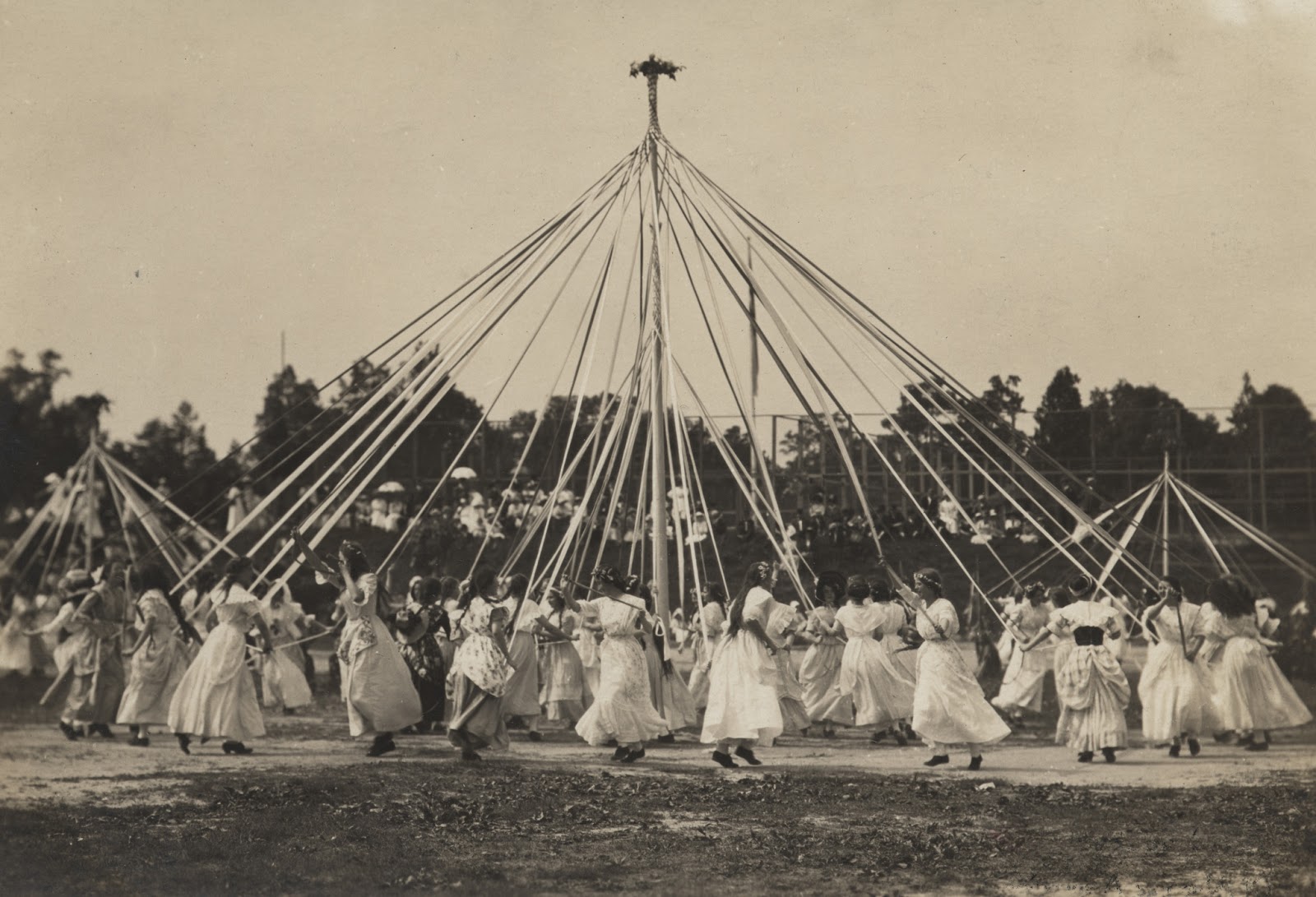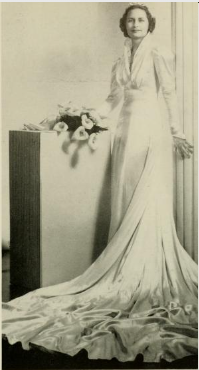The tradition of celebrating May Day can be traced back to the pre-Christian era when the first day of May marked the end of winter in Northern Europe. Rituals celebrated fertility and the planting of new crops with gathering flowers, dancing around a tall pole, and crowning a queen. Traditions such as selecting a May queen and dancing around a May Pole decorated with flowers and ribbons were incorporated into the modern European and American cultures.
Between 1910 and the entry of the United States into World War I, Elizabethan May Day celebrations were very popular, especially at women’s colleges. The State Normal & Industrial College, now The University of North Carolina at Greensboro, was no exception.
The first May Day celebration on this campus was in 1904 and featured a musical program by the Boston Festival Orchestra. The 1912 and 1916 May Day pageants were the most outstanding celebrations with students, faculty, and Curry training school students participating. Almost 3,000 people from all over North Carolina came to the campus for the 1912 festival to see the 1,000 players in the five-hour pageant. More than 1,200 players from the college and training school participated in the 1916 celebration.
The theme for both pageants was an Old English May Day with the crowning of a May Day queen, aesthetic gymnastics, folk dances, dramatic performances, games, and parades directed by drama teacher Mary Settle Sharpe.
World War I interrupted the College’s May Day festivals and the pageant was not resumed until the mid 1920s. The celebrations during the 1920s, 1930s, and 1940 were much less elaborate events and usually consisted only of a May Day queen and her court.
The last May Day celebration, sponsored by the senior class, was held in 1954. Since the pageant was so close to commencement and consumed so much energy, money, and time, the senior class voted to abolish the tradition.
Article by Hermann Trojanowski



